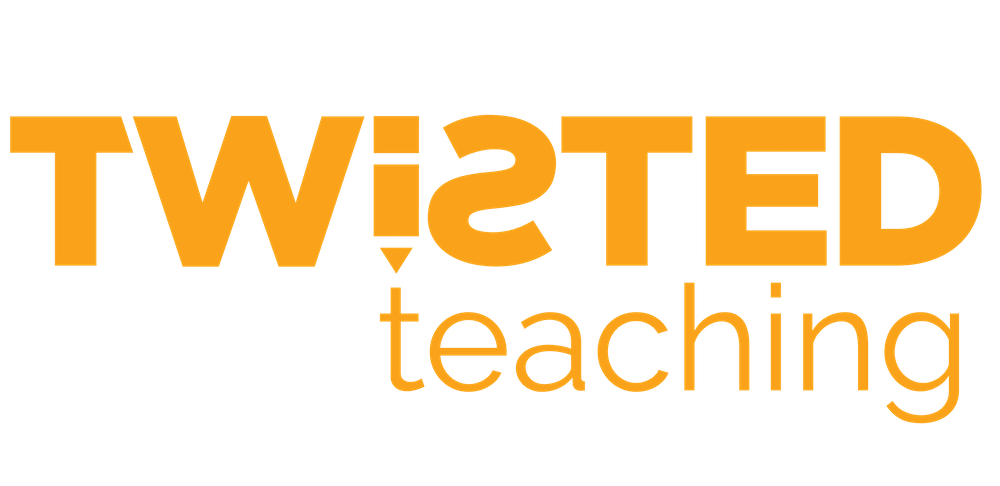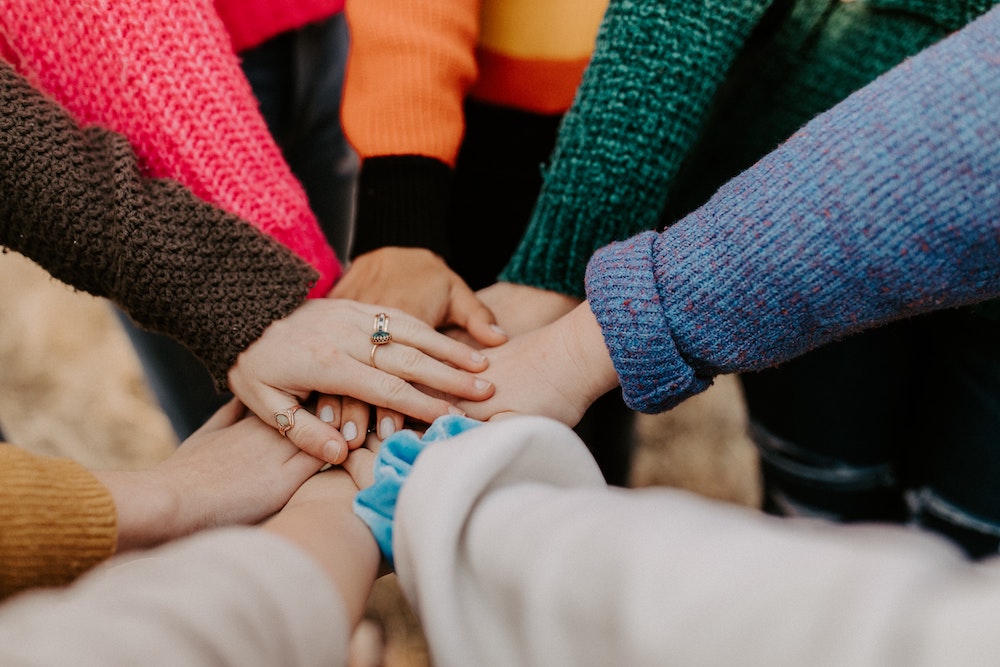This week, I had the pleasure of attending an intimate chat with Dr. Gloria Ladon-Billings–the mother of Culturally Relevant Pedagogy. Like her scholarship, I walked away from this session with new insight and inspiration. What I loved most was her hold no bars demeanor and her passion for holding educators accountable for reaching and teaching all students. She shared with us–a group of graduate students–so many gems and nuggets of truth. But, when answering a question about teaching during a pandemic and school leaders prioritizing COVID needs over students’ cultural needs, she said something that immediately made me stop and reflect. “We are not in the same boat,” Ladson-Billings contended in response to the statement that “we are all in the same boat” as we navigate this pandemic. “We might be in the same storm, but we are not in the same boat. While some are cruising through this pandemic-storm on a cruise liner, others are deep in the waters and holding on to a paddle…the next big wave might just take them under,” she concluded. Whoa! That one statement in itself convicted me and it did so deep to the core. Since Wednesday, all I could think about was the privilege that I have to ride through a pandemic on a cruise liner. My family is healthy, my husband and I are both employed, our kids are back in school and doing well, and the little things that I complain and find myself anxious about are just that…little things.
Reflecting on how my family and I are riding through this storm, another image popped into my head. An image of five little faces and a mother in despair. The faces of children crammed in a hotel room because they were recently asked to leave their temporary shelter. The faces of students trying to find a quiet place to work and attend class but can’t because their siblings too have to attend class, finding a quiet spot to focus in is impossible. I saw the eyes of children watching their mother in pain and disappointed at herself because she just can not catch a break. The faces that I saw made me think of the faces that I can not see; the faces of my students that have been replaced with black squares. What boat are they in? How are they riding through this storm? How can I use my privileges to help them through this storm?
As educators and human beings in general, we all possess a zone of self-efficacy. These are the things within our reach that we believe we can control and have a positive impact on. When we strongly believe that we can positively impact something or someone, we keep it close to us. The things we feel are out of our control–the things we believe we can not positively impact–we push to the outskirts of our zone. If you were to close your eyes and picture yourself standing in the middle of a big circle, which students would be close to you in that circle? You know, those students who are submitting assignments, their cameras are always on, their mics unmuted–the breakout room leader you can count on! Who are they? What is it about you that brings them close to you? What is it about them that attracts you to them? Okay, now think about the students who are further away from you in the circle. The students who show up to class or your virtual meetings but cameras are often off. They submit assignments on time but do not care to engage with the class. That student that when you put them into a breakout room, they do just that–BREAKOUT? When you think about them and how they are positioned in your zone of self-efficacy, why are they further away than the first group of students? Over the past few months, what have you learned about this student? What is it about you that has created a space between you and them? What is it about them that has allowed this space to increase? How can you bring them closer? Now, let’s look at the outskirts of the circle where we are centered. Which students are standing on the edge of the circle or outside of the circle? You know, those students who use to show up to class and submit assignments, and now you barely hear from them. The students who haven’t checked in since the first week of school and are apart of the thousands of students who have gone missing. Who are they? What do you know about them? Right now, as we journey through this storm, and bombarded with something new each day, many educators feel like we are being hit with situation after situation that is beyond our control. My students are not joining my Zoom meetings. I’ve entered more zeros since September than I have my whole entire teaching career. And, I just can’t seem to get everyone to buy-in and engage. The students close to me in my personal zone of self-efficacy have become fewer and fewer. While there are some high moments, there have been many low ones that seem OUT. OF. MY. CONTROL. Or, are they?
The connection between the storm we all currently experiencing and having a positive impact on the students in my zone of self-efficacy is knowing WHO my students are, what kind of boat they are journeying through this storm in, and meeting them at that point. When I close my eyes and I think about those students that are close to me, the students that are at a distance but still in my zone, and the students who have drifted off and possibly close to drowning…what boat are they traveling this storm in? Do you know?
Knowing the boats that our students are traveling on makes it possible for us to reach out, meet them where they are, and grab ahold of them to bring them closer to us in our zone. Knowing the boats they are traveling in makes us a little bit more gracious and a little less frustrated. Knowing the boats they are traveling in can potentially save them from a situation that they see no way out of.
But, how do we know what boat they are traveling in if we don’t even know where they are and what they need? My answer would be “all H.A.N.D.S on deck.” School and district-wide initiatives to reach and teach all students are critical right now. We can’t have some journeying thorough the storm on luxury cruise liners while we know of families, colleagues, and students who are paddling and in danger of drowning. When all H.A.N.D.S are on deck, together, educators are:
Helping to reach every family and student in an effort to meet them where they are and meet any immediate needs they might have.
Allowing families and students to have a voice in what is required of them during this time (because do they really have to do that assignment that way?)
Never making assumptions about a student’s academic performance without knowing W.H.O. your students are (see this video about knowing WHO our students are).
Distributing grace freely and working with individual students and families based on where they are and what they need to be successful at this very moment.
Supporting fellow educators as we provide continuous support to students and families.
Teaching and existing during a pandemic is hard and comes with so many uncertainties. However, one thing that is certain is the power of educators to transform students’ lives. Now, more than ever, there are countless students who need our power. However, because educators are running on empty, we have to ban together and support one another through this journey. We have to be willing to carry one another before we can create a force strong enough to pull students and families out of deep waters and carry them. I am choosing to remain hopeful during this time (call it toxic positivity if you want *Kanye shrugs*) that we can and will make it through this storm. We can pull students into our boats and closer to the center of our zones. We can reach and teach students and still provide excellent learning experiences that can transform students’ lives. We can do but we need to know how others are journeying this storm and we must be willing to put all HANDS on deck and pull others onto our ships.



